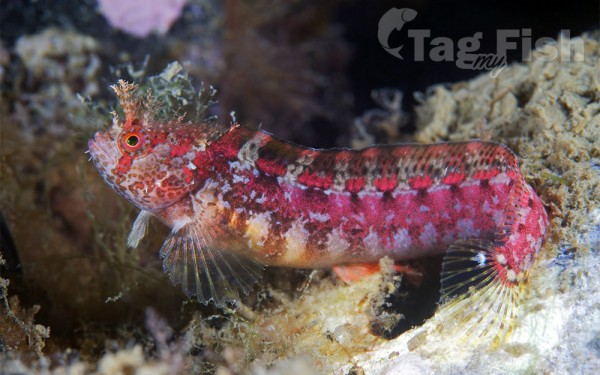Stichaeidae - Pricklebacks

Description
Stichaeidae, the pricklebacks or shannies, are a family of marine ray-finned fishes in the suborder Zoarcoidei of the order Scorpaeniformes. Most species are found in the North Pacific Ocean with a few in the North Atlantic Ocean.
Stichaeidae are characterised by having elongate bodies which are a little compressed. They have a very long dorsal fin which typically contains a large number of sharp spines, giving rise to the common name of prickleback, and there may be some spines at the rear of the dorsal fin.
The anal fin is long and has its origin closer to the head than to the tail, or halfway between the head and tail. The pectoral fins may be very small to very large and fan shaped, containing between 2 and 21 rays. The normally present small pelvic fins are located anterior to the pectoral fins, and have a single spine and between one and four rays. There are no appendages on the head, although some species have a crest, and there is a single pair of nostrils.
The body is typically covered with small, overlapping scales but the head, other than the cheeks, is normally lacking scales. The sensory canals on the head are typically well developed; there are normally 6 preopercular pores and 4 mandibular pores. There may be two lateral lines which can vary from a hardly noticeable row of neuromasts to one or more canals which can have complex branching. Their teeth are small and may be incisor-like or conical in shape. In the majority of species the gill membranes are widely joined and separate from the isthmus. Most species have a siphon on the operculum. They usually have pyloric caeca but not a swim bladder. They have ribs.












